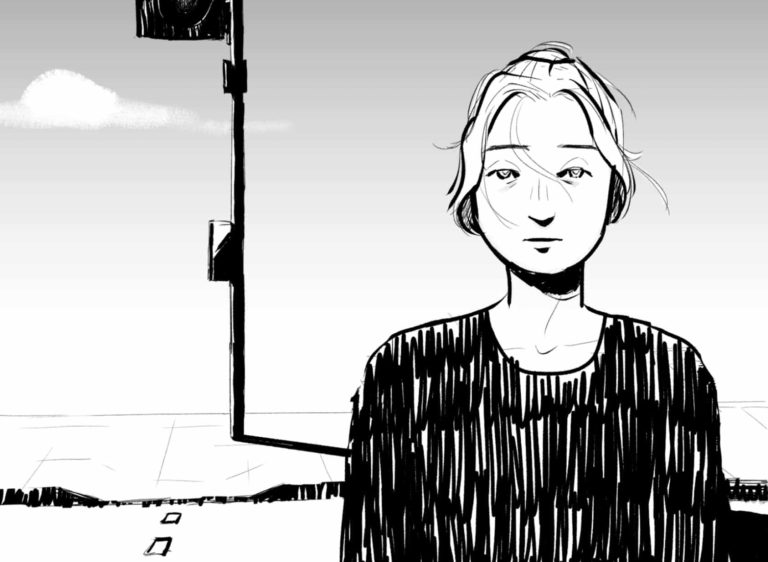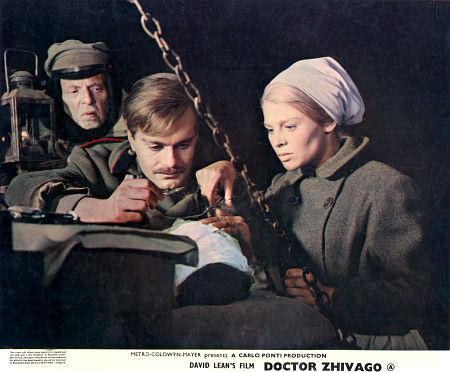When we think of historical fashion, images of towering wigs, tight-laced corsets, heavy brocades and voluminous skirts often spring to mind – ornate, impractical, and rooted firmly in the unenlightened past. But to reduce historical dress to its stereotypes is to miss a broader, and perhaps more urgent, lesson. Beneath the showy ostentation lies a pragmatic and surprisingly progressive relationship with clothing that today’s world of fast fashion would do well to revisit.
Historical fashion is a vast subject stretching across centuries, cultures, and classes. But across the board common threads emerge: resourcefulness, a persisting respect for materials, and a slower, more deliberate pace of consumption. In an era where disposable clothing feeds insatiable consumerism, these lessons from the past may offer a model for a more sustainable future for fashion.
1. Clothing Had Value – Real Value
In a time before mass production, clothing was handmade, expensive, and often bespoke. Laborious in construction and dear in price, clothes could not be made or bought on a whim but represented a significant investment of time and money. Most people owned only a few outfits, which made each garment both precious yet frequently worn in order to justify the cost.
Acquiring clothes was a deliberate and premeditated activity. That it involved parting with a substantial part of one’s income meant quality, longevity, and practical use were carefully considered before making a purchase. The cost of resources and the duration of construction meant impulse buying was not an option for historical consumers. Clothes were a considerable investment, and perhaps it’s time we treated them that way again.
2. Make Do and Mend
Given the cost and labour involved in their production, clothing was expected to be durable, lasting even a lifetime. To help ensure this, many people were versed in at least the rudimentaries of sewing in order to carry out their own repairs. Being able to make even the simplest of repairs to a garment meant that they rarely needed to be thrown away. Besides repairs, one could also tailor their own clothes. Simple modifications such as taking in seams or letting down hems enabled clothing to adapt to one’s body as it changed over the course of a lifetime.
During the Second World War, with fabric in short supply, the British government issued a pamphlet titled Make Do and Mend. It encouraged women on the home front to recycle worn garments, patch holes, reknit old jumpers, and even form community sewing circles. ‘Make do and mend’ became an apposite response to the crisis of resources ,and encouraged women to return to practices that had been common currency in preceding eras when clothing was similarly scarce.
Far from being a relic of the past, this ethos of repairing rather than discarding has never felt more relevant. The fashion industry remains one of the most environmentally damaging sectors globally, with textile waste mounting at an alarming rate. If we were to shift our modern mindset and consider resources once again limited, learning basic sewing skills and committing to a ‘make do and mend’ mentality would be an apt response to stewarding materials well in light of the climate crisis.
3. Fabric came first
Historically, garments were often commissioned, not purchased ready-made. Fabric was acquired from merchants, markets, and later drapers’ shops, before being made up into a piece of clothing by a tailor or even the purchaser themselves. This meant it was the norm to buy fabric first – valuing the material and its quality before committing to a style or silhouette. People chose materials from natural fibres like wool, linen, silk, and cotton. They would have factored in the fabric’s durability and structure, weight, and the tightness of the weave before making a purchase.
Today, consumers have largely divorced themselves from prioritising fabric. Most are unaware of the differing characteristics of each natural fibre, the advantages of choosing natural fibres over synthetic ones, and are unlikely to even consider a garment’s fibre content before making a purchase. Yet natural fibres, unlike synthetics, are biodegradable and often far less damaging to produce. By learning to recognise good fabric like our predecessors – and asking where it came from – we can make more informed and ethical choices when shopping.
4. Utility Can Be Beautiful
During the Blitz, when rationing made luxury impossible, the British government collaborated with leading couturiers to create “Utility Clothing” – a line of stylish yet frugal designs marked by the now-iconic CC41 label. In order to reassure the public that fashion was not being sacrificed for frugality, in 1942 the government Board of Trade commissioned designs for a Utility collection from the Incorporated Society of London Fashion Designers, whose leaders included Charles Creed, Norman Hartnell, and Bianca Mosca. These designs went on to feature in Vogue later that year.
Despite working with such restrictions, the designers involved in the Utility Clothing scheme produced garments that were not only well-received at the time, but have since left a lasting mark on the fashion world, inspiring designers from Miuccia Prada to Vivienne Westwood.
Though born of necessity, these pieces were intentionally pared back in both form and function, characterised by their sleek silhouettes, clean lines, and absence of ornamentation, deriving elegance from simplicity. What was once a response to austerity has become a template for timeless, modern design, demonstrating the striking ways creativity can flourish amidst adversity.
5. Capsule Wardrobes Aren’t New
The idea of a capsule wardrobe – a small, versatile collection of clothing that can be mixed and matched – is often seen as a product of modern minimalism, popularised in the 1970s by Susie Faux. But for most of history, capsule wardrobes weren’t a lifestyle trend. They were simply a reality. Limiting one’s wardrobe wasn’t a conscious act of restraint, but the natural result of economic and material scarcity.
The availability of clothing today, made possible by industrial production and fast fashion, has made us assume that variety and excess are normal. But historically, clothing was designed with longevity and adaptability in mind. Each item had to work hard – worn in different combinations, across seasons, and over many years. What we now call a capsule wardrobe was once just common sense. Revisiting that approach today is less about nostalgia and more about rethinking what we really need – and why we consume in the first place.
6. Zero Waste Isn’t New Either
Long before “zero waste” entered fashion discourse, garments were made to use every inch of fabric. The 18th-century mantua, for example, was often draped rather than cut, preserving the full width and length of the original swathe of fabric and minimising textile waste. Similarly, for many centuries clothing was more likely to be pleated and gathered into shape rather than cut in order to curtail the creation of harder to use scraps of fabric. Where this was impossible, offcuts were always repurposed. Today, the environmental footprint of clothing is not just in its wear, but in its manufacture. Learning from historical construction techniques – like using rectangular pattern pieces and the full swathe of fabric, or creatively reusing scraps and trims for smaller projects – could help designers and creators alike to reduce fabric waste.
Historical fashion isn’t a blueprint for how we should dress – but it offers compelling lessons about why we dress the way we do. It reminds us that fashion hasn’t always been fast, that clothing used to be cherished, and that scarcity breeds creativity. As we grapple with the realities of climate change, overproduction, and overconsumption in fashion, the past may not be such a bad place to look for inspiration. In a world increasingly defined by excess, there’s something quietly radical in choosing to consume less, repair more, and dress with intention. After all, sustainability isn’t a trend – it’s a return to something we used to know.












